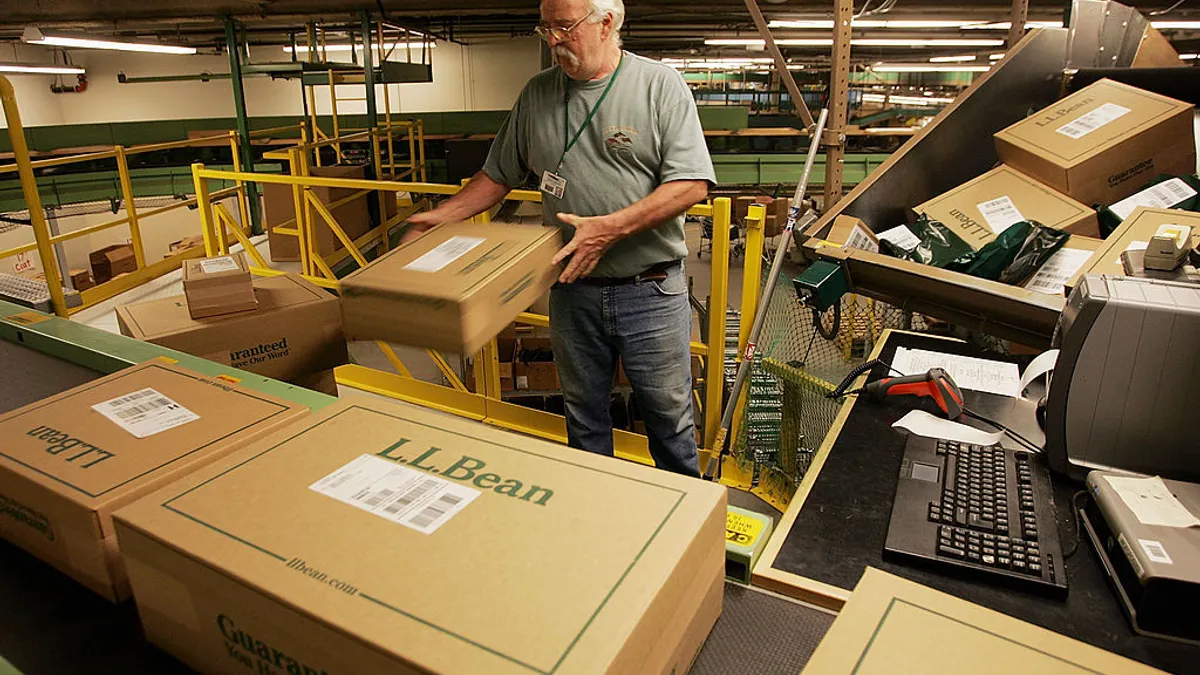As 2024 approaches, compliance officers are beginning to plan their program activities and priorities. However, the role compliance officers play in annual planning has shifted, growing alongside new regulatory and business pressures. This year, changes in the regulatory landscape; mounting pressure for environmental, social, and governance (ESG) information; and the emergence of artificial intelligence (AI) automation mean that program planning has become more complicated than ever.
Here's what compliance officers need to keep in mind when planning their organization's compliance program in 2024 to ensure it is strong enough to protect their business from evolving risks.
Emerging regulatory risks
Although shifts in the regulatory landscape are an ongoing challenge for compliance professionals, the coming months stand out as particularly volatile due to accelerating regulatory pressures. Manufacturers need to carefully scope which regulations, both current and forecasted, carry compliance risks and costs. For 2024, compliance officers should be mindful of:
- New per- and polyfluoroalkyl substance (PFAS) reporting requirements under the Toxic Substances Control Act (TSCA).
- A broadening list of focus areas under the Uyghur Forced Labor Prevention Act (UFLPA).
- Increased scrutiny on supplier performance, particularly around social and environmental impacts.
For example, new PFAS requirements mean manufacturers and importers of PFAS or articles that contain PFAS are obligated to collect and report on a new set of product data types. Compliance officers will need to survey their suppliers for PFAS data, necessitating additional supplier outreach, updated questionnaires, and expanded data management.
Proactive and continuous monitoring is critical: It allows compliance officers to stay ahead of coming changes and adapt their strategies accordingly. It means organizations aren't last in line for compliant parts and aren't scrambling for data as reporting deadlines loom.
ESG and responsible sourcing pressures
ESG and sustainability management are a team sport, with responsibility and goals shared cross-enterprise. Recently, compliance officers have seen governments restricting market access behind regulations that require both sustainability and product data, such as critical mineral reporting requiring country of origin data paired with human rights due diligence data.
For example, the EU is rolling out comprehensive mandatory sustainability reporting under the Corporate Sustainability Reporting Directive (CSRD), and the U.S. Securities and Exchange Commission has proposed climate impact-related disclosures, while also cracking down on corporate greenwashing. In 2024, requirements for responsible sourcing will escalate as these (and other) regulations are passed, along with rising demand for sustainable products from consumers.
Depending on their organization's current sustainability maturity level, compliance officers may need to update their supplier outreach surveys to collect ESG data. A supplier code of conduct is no longer enough to prove that supply chains comply with sustainability requirements; defensible data is needed. Manufacturers will need to educate their suppliers about sustainability requirements and consider ESG risk scoring.
New technologies and collaborations
Manufacturers are experiencing an era of digital transformation: Industry 4.0 ushered in autonomous and interconnected manufacturing systems, and data automation is replacing manual data collection and reporting.
Executives are discovering that automation and AI-driven tools not only reduce exposure to compliance risk, but also reduce overall program cost. This is a key consideration to be mindful of when planning 2024 programs. What technology can be implemented to meet executive goals? Where can processes become more efficient overall? How can technology inform critical business decisions?
Compliance officers should also consider how their 2024 activities support cross-enterprise goals, such as legal, marketing, procurement, and risk departments. Externally, planning for technology improvements can also reduce supplier fatigue, which increases data request response rates. Accounting for all these stakeholder groups is complicated, but makes for a more robust and resilient product compliance program.
Plan for success in 2024
Careful planning for 2024's regulatory and program challenges is crucial to avoiding costly disruptions. Compliance officers play a key role in understanding and mitigating the emerging risks facing manufacturers, including developing a proactive product compliance program that anticipates and adapts to new pressures. By monitoring the shifting regulatory landscape, including new responsible sourcing requirements, and digitally transforming processes to keep up with these new demands, compliance officers will be well-positioned for 2024.
Get a deep dive into 2024 program planning by downloading Assent's eBook, Budgeting for Compliance. It includes expert insights on upcoming regulatory risks, how to reduce program costs, and gaining executive buy-in for compliance budgets. Download now.
About the author: Jamie Wallisch, Regulatory & Sustainability Expert, ESG & Responsible Sourcing
 Jamie’s area of expertise is media monitoring, with a specialization in indirect screening and responsible sourcing. She helps companies proactively analyze their supply chains for adverse media mentions, denied parties, and human rights issues. Jamie has worked closely with the U.S. Department of Labor, focusing on conflict minerals, child labor, CSR, and ESG initiatives.
Jamie’s area of expertise is media monitoring, with a specialization in indirect screening and responsible sourcing. She helps companies proactively analyze their supply chains for adverse media mentions, denied parties, and human rights issues. Jamie has worked closely with the U.S. Department of Labor, focusing on conflict minerals, child labor, CSR, and ESG initiatives.










